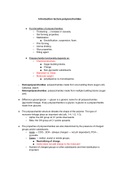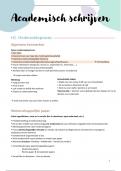Samenvatting
Engels literatuur samenvatting VWO
- Vak
- Engels
- Niveau
- VWO / Gymnasium
Alles wat je moet weten voor je Engels literatuur staat beschreven in deze tekst. Dit is geschreven in het Engels voor je VWO mondeling of schriftelijke toets en is goedgekeurd door verschillende Engelse docenten.
[Meer zien]













